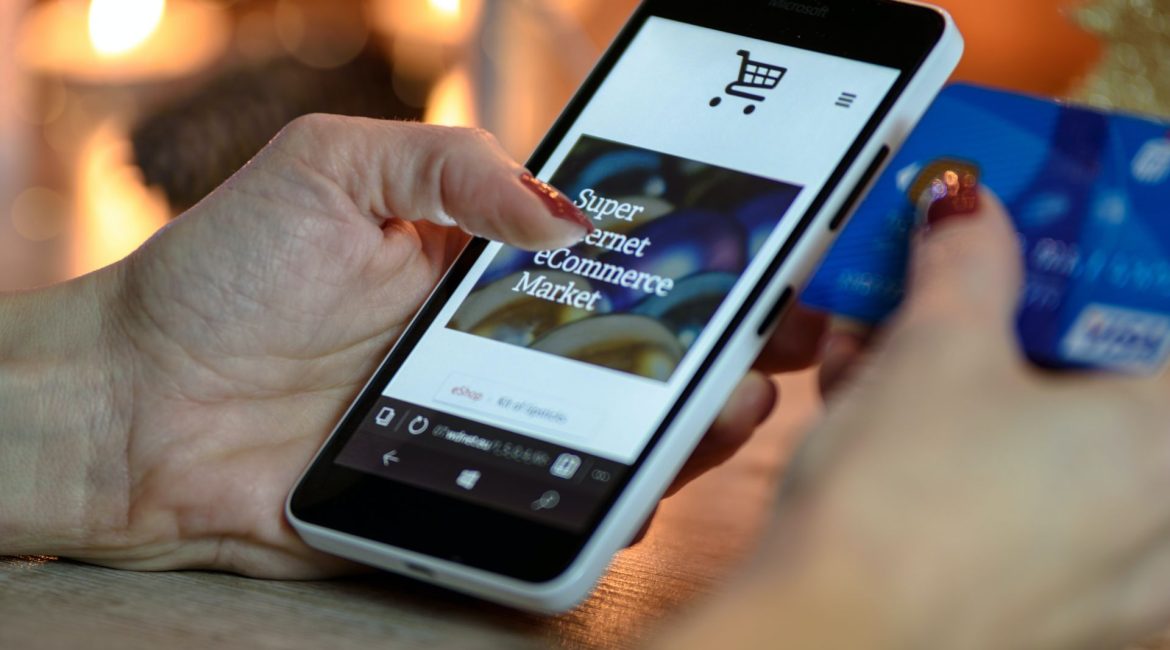The Impact of E-Commerce in the Industrial Era 4.0 on the Economy
Technological developments have evolved from industrial revolution 1.0 to industrial revolution 4.0, and are currently even developing to Society 5.0 which is bringing major changes to human life. One example that has a big impact is the use of the internet. As the modern era develops, the internet also becomes more sophisticated with the various features it offers. The Industrial Revolution 4.0 itself has had a major impact in various fields, one of which is economics and trade with bonus new member. The rapid use of the internet has had a significant impact on economic growth. People can do various things, including buying and selling transactions, via communication devices connected to the internet.
In Indonesia, the Indonesian Internet Service Providers Association (APJII) survey on its official website noted that internet penetration in Indonesia had reached 78.19 percent in 2023 or reached 215,626,156 people out of a total population of 275,773,901 people. The high use of the internet in Indonesia is in line with the development of online business or what is usually called e-commerce.
Understanding E-Commerce
According to McLeod Pearson (in Ummah, 2018: 5) electronic commerce or what is called e-commerce is the use of communication and computer networks to carry out business processes. The popular view of e-commerce is the use of the internet and computers with web browsers to buy and sell products. However, as time goes by e-commerce can not only be accessed via the web but also applications.
Types of E-Commerce Developing in Indonesia
- Business to Consumer (B2C)
This transaction is carried out by business people who offer products and services to consumers who will make purchases online. Examples include Bhinneka.com and Tiket.com.
- Business to Business (B2B)
Transactions carried out by fellow business people involving the sale of goods and services and understanding each other’s business. For example Bizzy and Ralali.
- Consumer to Consumer (C2C)
These transactions involve consumers selling directly to consumers online through a third party providing the platform. For example Shopee, Tokopedia, and the like.
- Consumer to Business (C2B)
Buying and selling transactions carried out by consumers who offer products or services to companies. For example freelancer.com.
- Business to Administration (B2A)
B2A is a platform that sells goods or services through submitting tenders and fulfilling government requirements. Examples are www.allianz.com and www.pajak.go.id.
- Consumer to Administration (C2A)
C2A is an electronic transaction process carried out by individuals to the government. Examples include Social Security and Taxes.
- Online to Offline (O2O)
A transaction process where sellers use two channels, both online for promotions or finding consumers and offline to continue making purchases. For example Gojek and Grab.
The Role of E-Commerce in the Indonesian Economy
In the past few years, the world economy, including Indonesia, was hit by a downturn due to an epidemic which required several regions to undergo PSBB (Large-Scale Social Restrictions) and many employees were laid off so that economic activities were disrupted. This makes people have to adapt to new conditions where all dominant activities are carried out online, as well as the buying and selling transaction process. Many people use online platforms and marketplaces for buying and selling activities.
Even though the situation has improved, people’s interest in making transactions in e-commerce is still high because apart from being effective and efficient, the products offered are very varied. In fact, nowadays e-commerce is growing rapidly. On the official Kominfo website, it is stated that in a study entitled eConomy SEA 2022, the value of Indonesia’s digital economy is predicted to reach USD 77 billion in 2022. This figure reflects 22 percent annual growth. Of this total, Indonesia’s e-commerce contribution is worth USD 59 billion and will grow to USD 95 billion by 2025. The ease of access to doing business online, the wide reach and the large number of internet users in Indonesia encourage people to open stalls to make a profit.
From millennials to adults, armed with perseverance, creativity and innovation and utilizing digital technology facilities, they can build creative businesses that have a big chance of achieving success. Apart from that, this can also open up employment opportunities for many people. For government institutions, this is also beneficial because it generates revenue from the value added tax (VAT) sector and can increase national economic growth. Therefore, the younger generation must develop a knowledge-based economy so that there are many innovations from the nation’s children to improve the digital economy so that they can compete on the international stage.

